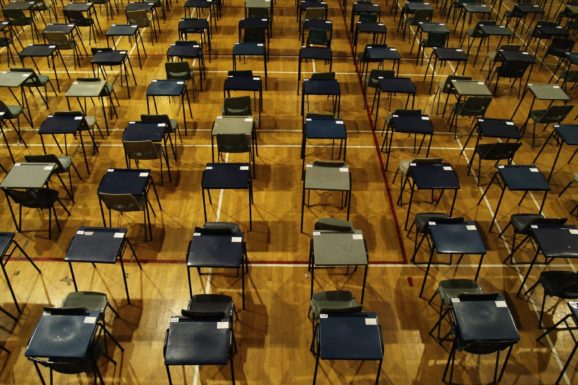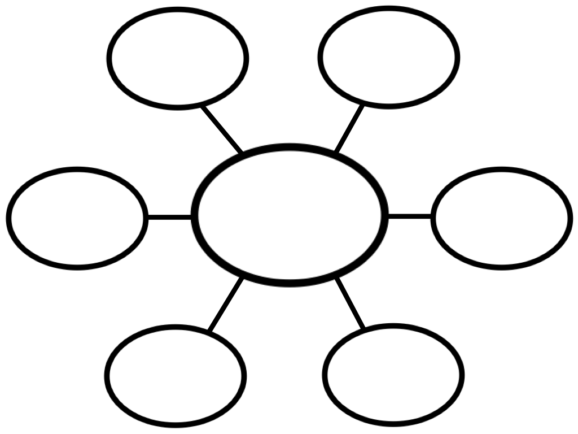You may have noticed that in almost every school where students change classes, there is a group of students who will be perfectly behaved in one classroom and out of control in another. Why does this happen? It may have to do with teacher expectations. Continue Reading…
Think back to when you finished high school. No doubt you can recall the names of many students in your senior class who did not have the grades or SAT scores to place in the top 25th or even the top 50th percentile of graduating seniors. Continue Reading…
Have you flown in an airplane recently? If so, you probably recall that the flight attendants don’t simply tell you what to do with your seat belt and the other myriad instructions they need to give. They have to show you. Why? Continue Reading…
This all-important strategy is used in at least two places in the real world – sports and medicine. Coaches advise players to picture themselves hitting the home run or scoring the touchdown before the game even begins. Continue Reading…
I go into classrooms when requested and teach model lessons to the students. Teachers observe the lesson while I use brain-compatible strategies to provide instruction on a concept that the teacher is teaching. During one lesson in an American History class, I was asked to teach some vocabulary words that students will need to comprehend prior to their lesson labor unions. Continue Reading…
When I teach math, if the objective involves problem solving, I never use the problems in the book as my initial examples. Most do not have any real meaning for students. Continue Reading…
20 Instructional Strategies That Engage the Brain: #5 Graphic Organizers, Semantic Maps, & Word Webs
Whether referred to as concept, mind, or semantic maps or as word webs, graphic organizers are one of the best friends of a teacher who desires to facilitate the comprehension of students’ brains, so they are beneficial to all. Continue Reading…
Thousands of years of history support one major concept: When students are actively engaged in experiences with content, they stand a much better chance of learning and remembering what we want them to know. Continue Reading…
According to brain research, there are simple things you can do to create a calming, stress-relieving environment for you, your family, and even students in a classroom.
Stephen Covey, author of 7 Habits of Highly Effective People, stated the following: Everything happens twice – once in the mind and once in reality. The once in the mind could be called visualization. Visualization has been defined as the use of mental images to influence bodily processes and is one of 20 brain-based strategies that enables human beings to remember what they are learning.









